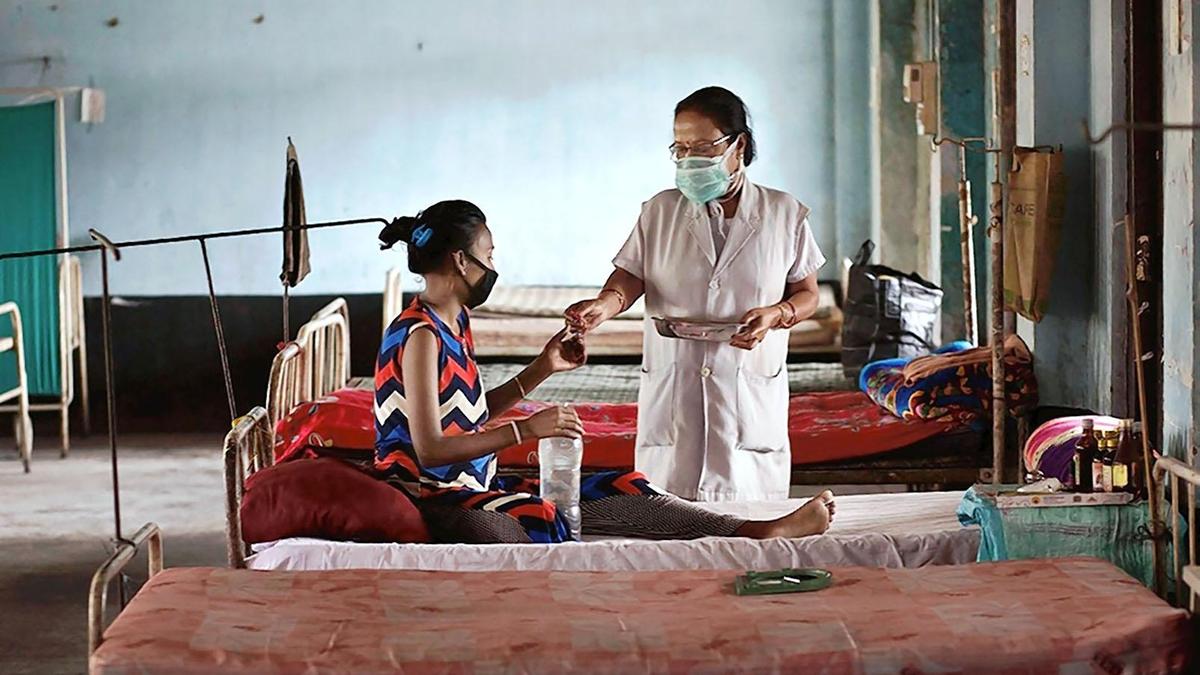17 November 2025 The Hindu Editorial
What to Read in The Hindu Editorial( Topic and Syllabus wise)
Editorial 1: Too little, much later
Context
The Digital Personal Data Protection Rules dilute the scope of the Right to Information.
Introduction
India’s data protection journey, from the 2017 privacy judgment to the 2025 Rules, reflects progress mixed with deep structural weaknesses. While the law simplifies earlier drafts and formalises some user safeguards, delays, wide government exemptions, and weakened transparency mechanisms have diluted its purpose. The 2025 Rules further postpone protections, leaving citizens exposed while offering comfort to major data-handling entities.
Background and Legislative Journey
- Over eight years have passed since privacy was recognised as a fundamental rightby the Supreme Court.
- During this period:
- Three different draftsof a data protection law were released.
- The process lacked transparency, making it unclear how the final law evolved.
The 2023 Data Protection Act — Gains and Losses
What improved
- Simplified the earlier, more complex 2018 draft.
- Added core protectionsfor personal data into the law.
What weakened
- Gave broad exemptionsto government agencies for handling citizens’ data.
- Established a weak Data Protection Board of India (DPBI).
- Amended the RTI Act, reducing transparency achieved over the last two decades.
The 2025 Rules — Minimal Repair, Major Delays
Gaps remain unaddressed
- The Rules fail to fix problems created by the main Act.
- Core privacy safeguards are postponed until 2027, delaying meaningful protection.
Immediate dilution of transparency
- The RTI amendment takes effect immediately.
- Public Information Officers can now refuse all personal informationunless another law mandates its disclosure.
- This leaves citizens with very limited accessto information that ensures accountability.
Process Concerns and Timing
- Draft Rules were delayed and then followed by a three-month consultation, mostly symbolic.
- Final Rules were notified on November 14, 2025, coinciding with the Bihar Assembly election results — a timing that raises questions.
- Only minor changeswere made from the draft version.
Compliance Timeline — Overgenerous for Tech Giants
- Companies have been given 12–18 monthsto comply, despite knowing the framework in advance.
- This generosity raises doubts about the good faithbehind the Rules.
Institutional Weakness — DPBI’s Lack of Independence
- The DPBI will function under the Ministry of Electronics and IT.
- This Ministry:
- Seeks investment from global tech giants (Google, Amazon, Meta).
- Will also supervise investigations into their future data misuse.
- This creates a clear conflict of interestand undermines regulatory neutrality.
Impact on Citizens vs. Big Tech
For Big Tech and firms handling data
- Comfortable, extended timelines.
- Limited regulatory pressure.
- Minimal operational disruptions.
For citizens
- The promised goals of privacy and accountabilityremain largely unfulfilled.
- People continue to be transparent to the state and tech corporations, while these entities operate behind opaque walls.
Conclusion
The Digital Personal Data Protection framework, as finalised in 2025, falls short of its constitutional promise. With delayed safeguards, weakened transparency, and institutions lacking independence, individuals continue to be easily scrutinised while powerful entities remain shielded. Unless the government strengthens timelines, oversight, and citizen-centric protections, India’s data future will remain imbalanced and insecure.
Editorial 2: Swing, but do not miss
Context
India’s fight against tuberculosis demands fresh urgency and sharper focus.
Introduction
India’s fight against tuberculosis (TB) reflects both progress and persistent challenges. While the country achieved the world’s fastest decline in TB incidence, it still accounts for a quarter of global cases. Rising drug-resistant TB, uneven State-wise trends, and lingering mortality gaps highlight why India’s TB elimination target remains unmet despite technological advances and strengthened public health efforts.
India’s TB Burden: A Mixed Picture
- WHO’s Global Tuberculosis Report 2025presents both progress and persistent challenges for India.
- TB incidence in India fell by 21%—from 237 per lakh (2015)to 187 per lakh (2024), the fastest decline globally.
- Despite this, India still accounts for 25% of the world’s TB cases, the highest globally in 2024.
State-wise Trends and Prevalence
- Uttar Pradeshreported the highest number of TB cases, followed by Maharashtra, Bihar, and Madhya Pradesh.
- Delhishows the highest prevalence rate, although absolute case numbers are lower.
- The distribution highlights significant inter-State disparities in detection and spread.
The MDR-/RR-TB Challenge
- India recorded the largest number of multidrug-resistant TB (MDR-TB)cases globally in 2024.
- It accounted for 32% of global MDR-/RR-TB cases, indicating a severe resistance burden.
- Treatment success stands at 90% for new TB cases, but only 77% for MDR-/RR-TBpatients on second-line therapy.
Mortality, Missed Targets, and Gains
- TB mortality reduced from 28 per lakh (2015)to 21 per lakh (2024).
- The figure remains over three times higherthan India’s elimination target.
- India missed its goal of eliminating TB by 2025, ahead of the global target of 2030.
- Nonetheless, steady improvements have led to millions of lives savedover the years.
Drivers of Progress and Remaining Gaps
- Gains are driven by:
- Adoption of AI tools, molecular diagnostics, and rapid drug-resistance detection.
- Improved nutrition supportfor high-risk communities.
- Newer drug-resistant TB treatment schemesand therapies like BPaLM.
- Persistent challenges include:
- Diagnosis gaps, especially in rural regions.
- Socio-economic inequalityaffecting treatment access.
- High MDR-TB burden, drug shortages, and malnutrition.
- Without tackling these issues decisively, India’s TB elimination efforts may continue to fluctuate between progress and setbacks.
Conclusion
India’s TB programme shows promising momentum through AI-driven diagnostics, improved nutrition support, and newer MDR-TB therapies. However, unresolved gaps—rural diagnosis shortages, socio-economic disparities, drug-resistant TB burden, and recurring drug stock-outs—continue to impede elimination. Addressing these barriers with urgency and equity is essential for transforming current gains into a sustainable, nationwide victory over TB.
![]()


